This a continuation of our interview with “grey nomad” Monique Giroux in Wander’s Early 2023 issue.
After a 30-year career in financial services and the not-for-profit sector, Monique Giroux took early retirement at 55, traded in her business suit for hiking boots, and sold her home and possessions to pursue a slower-paced, minimalist, nomadic lifestyle.
Monique made a commitment to herself in 2019 to live an anxiety-free life by finding calm and peace of mind after an enlightening experience in Bali.
Immersing herself in self-study and becoming a certified Forest Therapy Guide, Reiki Master, meditation, yoga nidra, and restorative yoga teacher, Monique is now breathing deeply as a grey nomad. She works with clients to help them slow down and connect with their inner voice and intuition through nature connection and energy healing.
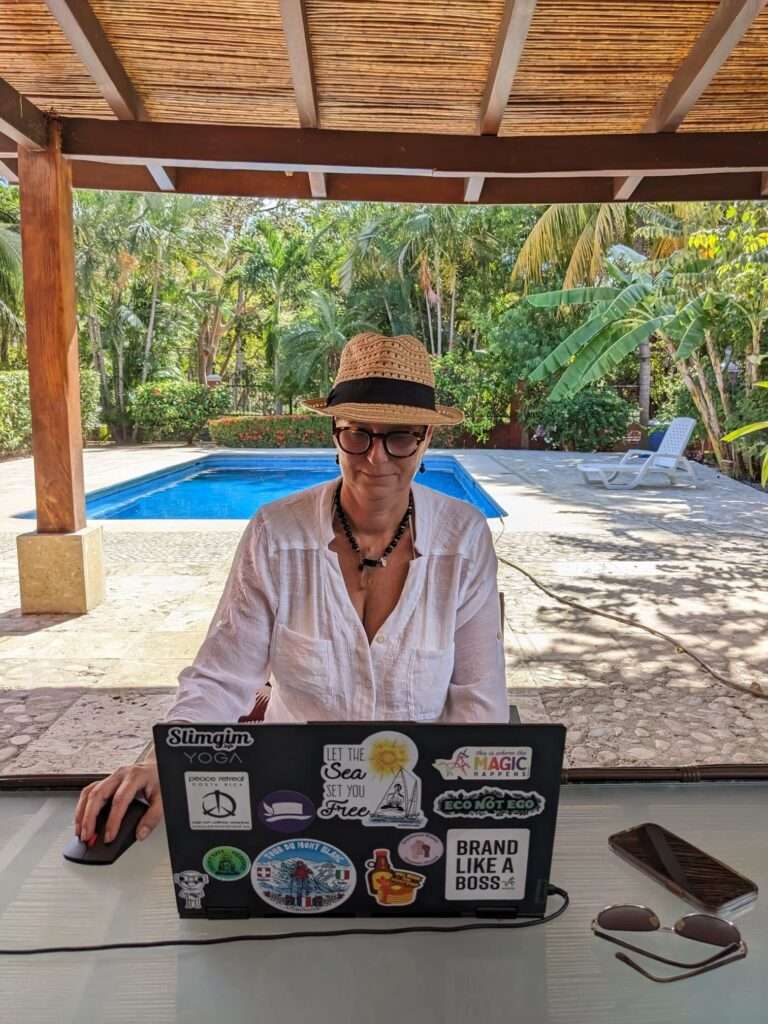
Founder of The Flourishment Collective, Monique is now travelling the world with her partner sharing stories of #2suitcases1laptop and the forest therapy guides she meets along the way. She is working on her first book, downloaded in a deep meditative state during a 9-day silent Buddhist retreat.
She shares distance reiki with clients around the world, supports women’s retreats, and mentors and trains new forest therapy guides. She continues to use her corporate experience as one of the female founders of the climate start-up Homes to Zero and consults on partnership and not-for-profit projects on occasion.
We connected with Monique while she was working and playing in Playa Hermosa, Costa Rica.
Wander Magazine: Before downsizing and embarking on your nomadic adventure, did you live a more “conventional” life?
Monique: I lived a conventional life that, by most standards, would be considered comfortable and successful. I began my career as an English professor, then moved to the not-for-profit health sector before transitioning to financial services to oversee charitable partnerships and eventually became an executive as the head of partnerships and corporate events. I had many rewarding experiences in my career, and I’m grateful to have worked with many talented and dedicated people.
But I was out of balance.
Commutes were long with back-to-back meetings, deadlines, and the need to be always “on.” Like many other working moms trying to do it all, I often felt I was not giving my best at work or at home. In 2020, I was recognized with top honours in my industry with a Hall of Fame Award, but I felt disconnected from who that person was.
Can you tell us about your experience in Bali? What spurred the visit, and what did you return with?
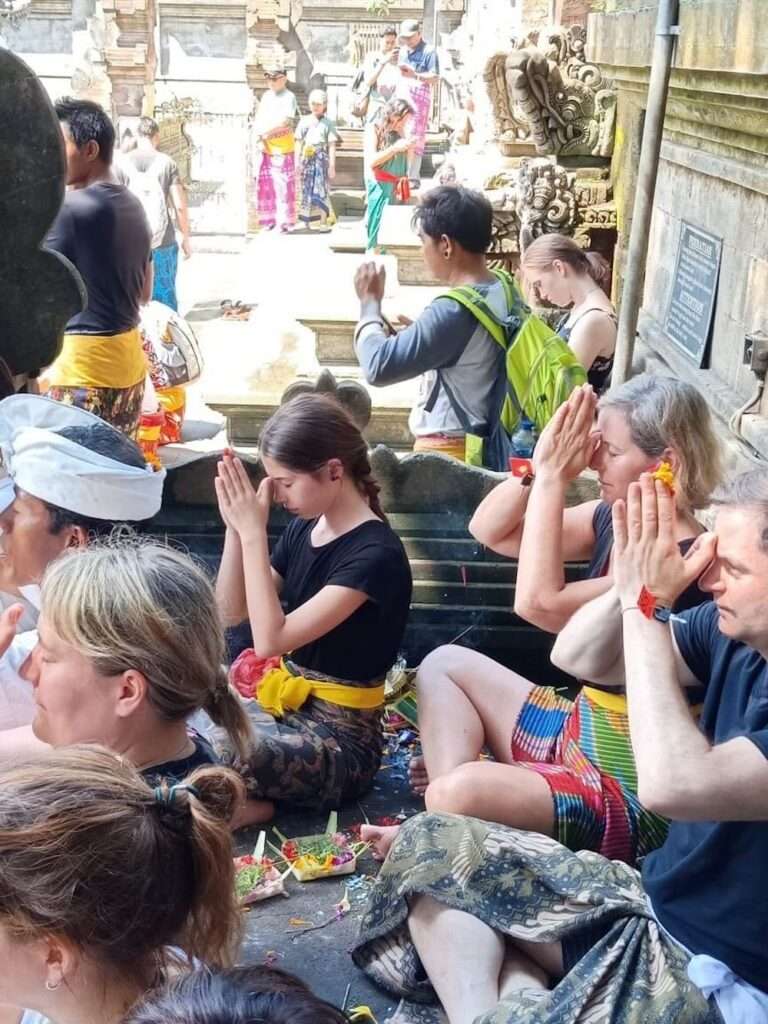
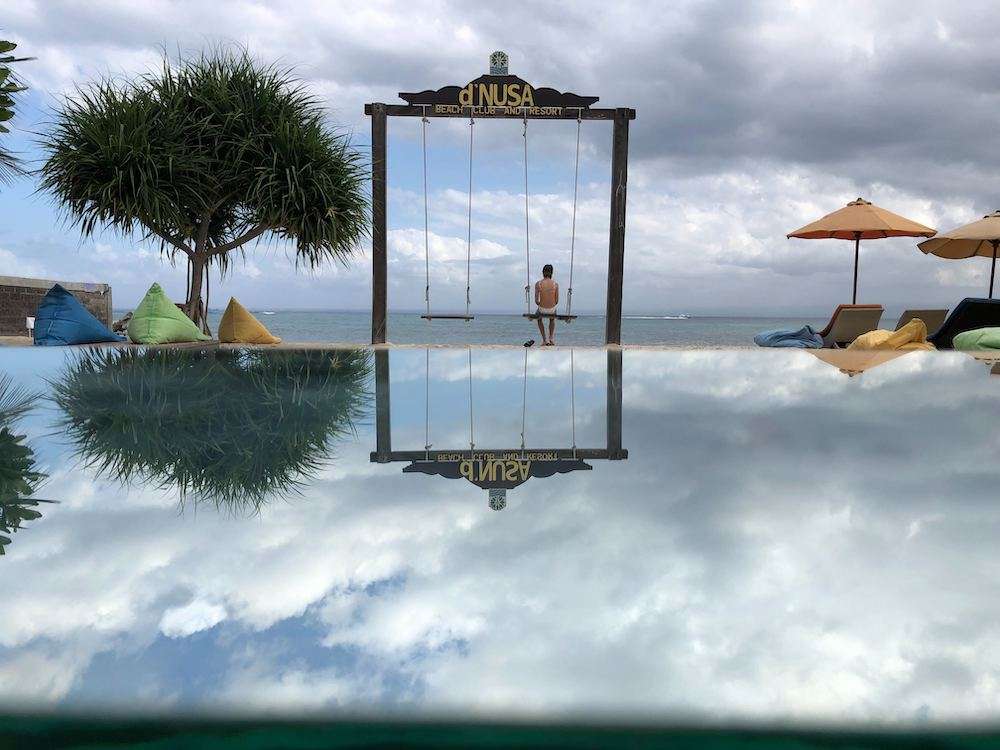
I was nearly 50 when I first understood that happiness is an inside job after spending time in a small Maasai village in Tanzania, Africa. I met a community that did not own much by North American standards but radiated pure joy. I wanted my daughter, who was ten at the time, to experience the world’s diversity and many cultures. Together we explored Peru and Nicaragua, and in 2019, we went to Bali on a nine-day G Adventures wellness tour.
Bali is known for its unique spiritual energy and culture, influenced by a blend of Hinduism, Buddhism, and animism. The island is also home to many important religious sites, such as temples and shrines, which are believed to hold powerful spiritual energy. Additionally, many people in Bali practice yoga, meditation, and other spiritual practices, which contributes to the overall sense of energy on the island.
We met shamans and healers and visited Hindu temples such as the Tirta Empul, where we participated in a purification ritual in the holy water spring. We also learned how to make intricate offerings called canang sari which you see everywhere in Bali as a form of thanks for the peace given to the world.
By the end of this trip, I realized that I could take a deep breath without feeling pain in my chest. Until that moment, I did not realize that I had been holding anxiety in my body for the past 25 years. I also realized my insomnia was gone. Looking into the ocean off the coast of Sanur, I made a commitment to myself to feel this way every day. I wanted to create a life I did not need a vacation from.
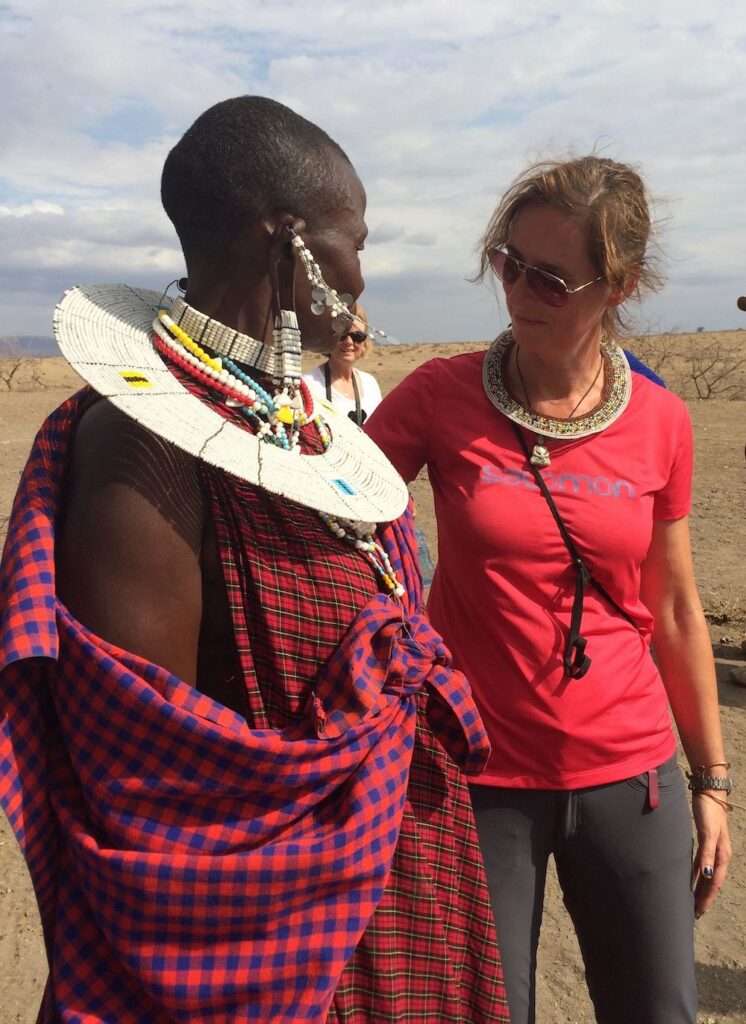
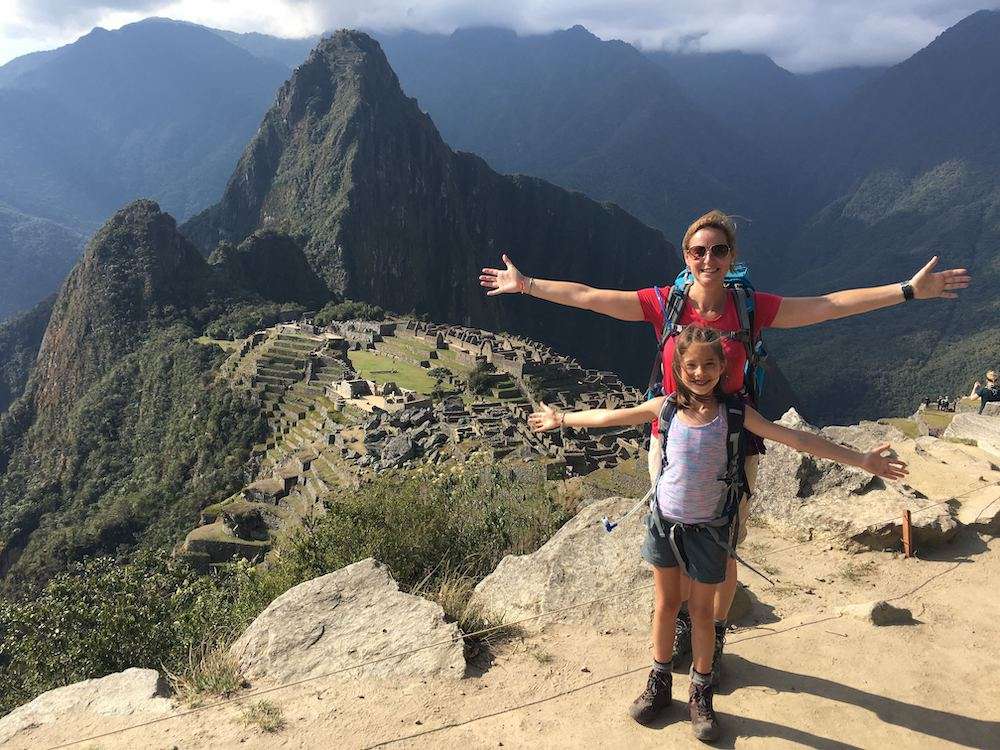
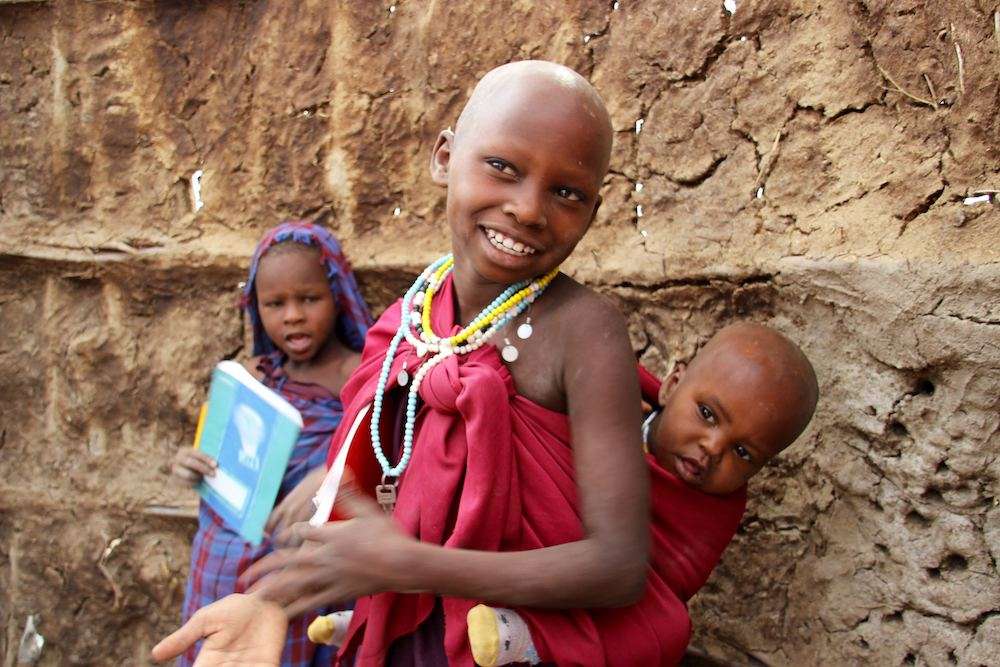
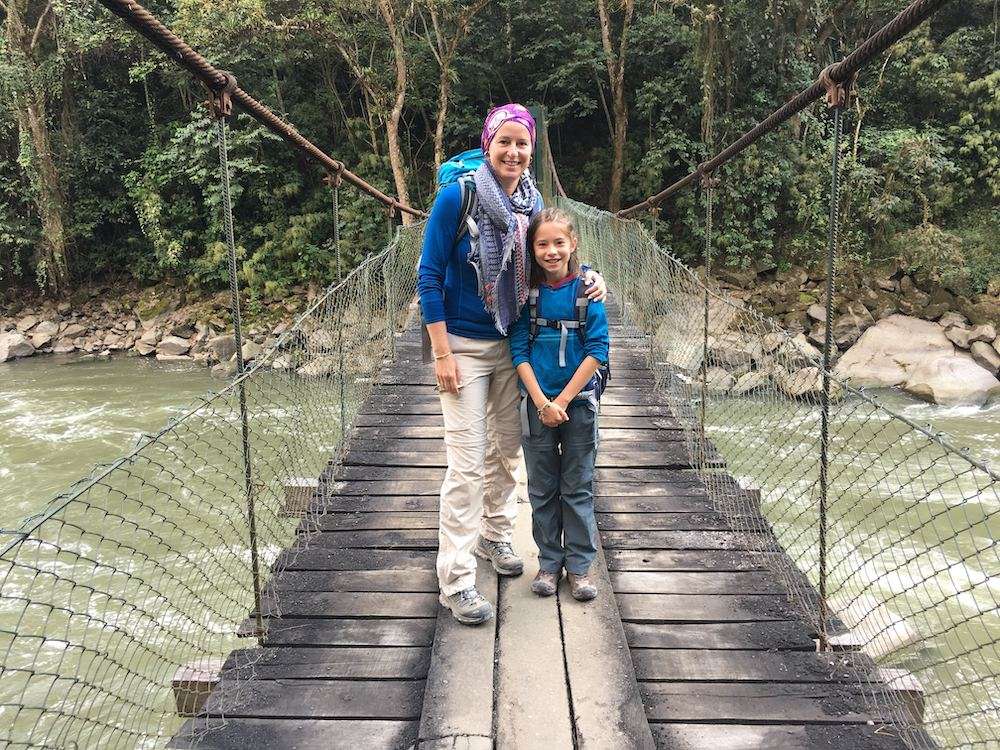
You mentioned doing a 9-day silent Buddhist retreat – was that difficult? How did that experience shape you?
I had been doing guided meditation for many years to help me fall asleep. In 2021, shortly after my early retirement, I signed up for a silent meditation retreat hosted by Bhante Vimalaramsi, a Mahāthera American Buddhist Monk). As this was during the pandemic, Bhante moved the retreat online, and I decided to do the retreat in silence and seclusion at a friend’s cabin in the woods.
There were 12 of us altogether, and we only met once on the first night to get our instructions: sit in a chair, feet on the ground, sit up straight, and not too comfortable. We were to stay in meditation from the moment we woke up, while walking, and in every waking moment. After long sittings, we were to go on fast-paced walks. We were to always have a Buddha smile. We were invited to smile with our mind, eyes, lips, and heart. The final instructions on that first day were bedtime at 10 pm and to get up at 5 am. We were to keep our minds light, have fun, and not be too hard on ourselves.
So, with instructions in hand, we said goodbye and began our retreat.
I got comfortable but not too comfortable and prepared myself for the first 30 minutes of seated meditation. I almost fell asleep several times. I kept looking at the clock to see if the 30 minutes were over, only to find only a few minutes had gone by and wondered how time could go so slowly. My mind was distracted, but I persevered. Eventually, I felt a wave of calm wash over me like a warm blanket of stillness.
Every afternoon I had a quick check-in with Bhante, who would ask questions and give new instructions. Eventually, I spent some time in a state of equanimity, which felt like a silent, quiet place where I could observe what arose in my thoughts without getting attached, resisting, or trying to change them. This was a place of mental clarity, inner peace, and emotional balance with glimpses of universal consciousness filled with love and compassion for myself and all beings. A place of nothing and everything.
I loved being in this place.
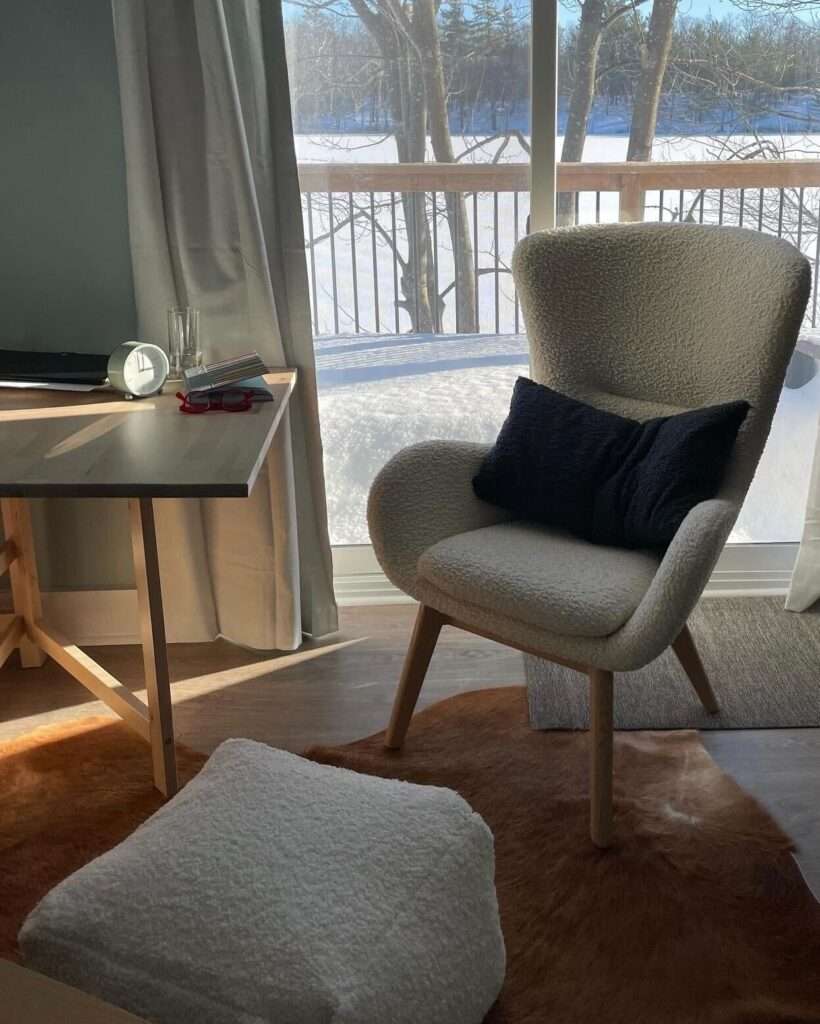
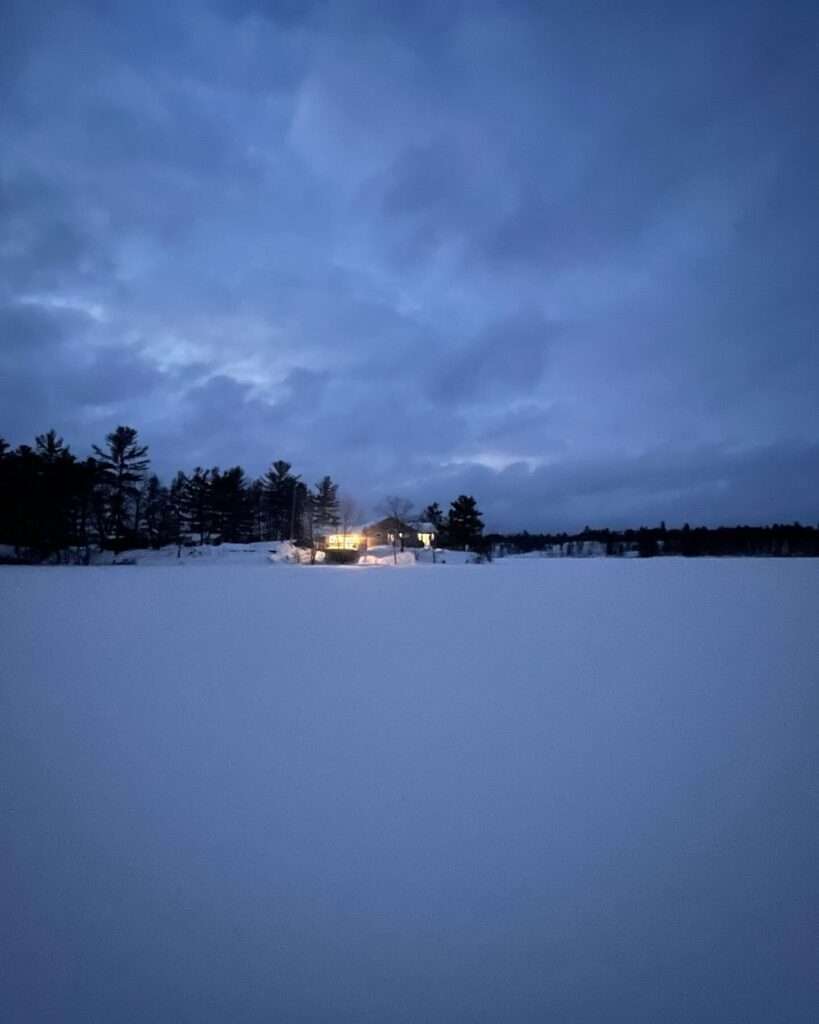
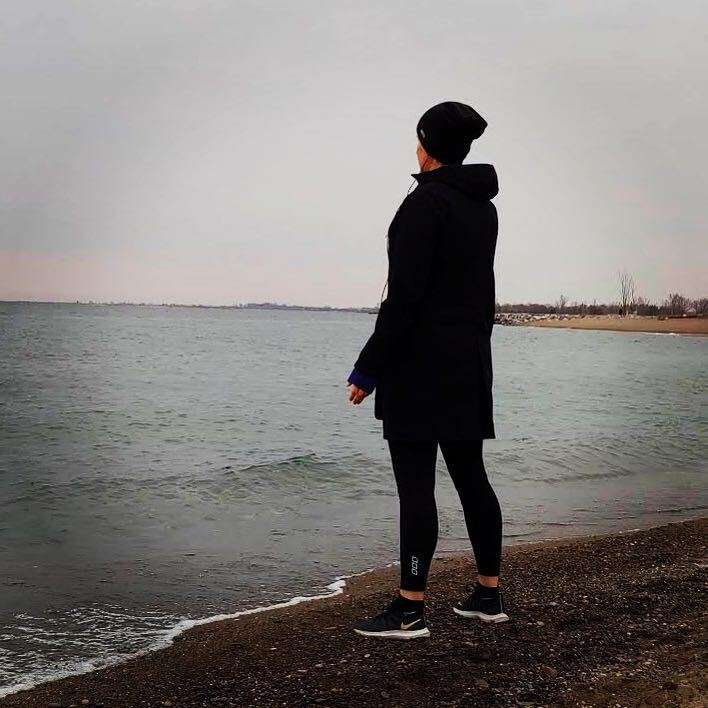
The most profound thing that happened was on day five, about two hours into meditation, I received a download of an entire book—12 chapters, the title of each chapter and the title of the book. This was hugely distracting for my meditation efforts as I was excited to start writing the story. Bhante reminded me that I could start writing when the retreat was over. Today, I am part of the Hay House Writer’s Community, intending to submit my book proposal this June.
There are progressive levels to meditation, and with this retreat, I learned so much about what my mind is clinging to and craving and how to fill myself with love and joy and radiate that love out to the world. Learning to meditate feels a lot like learning to run. In the beginning, you focus on the discomfort, the pain, and the distracting thoughts until you get in the flow. Then you want to stay in that place forever.
“I was on a quest to breathe deeply and find peace of mind. By slowing down, connecting to nature, becoming aware of my energy, and finding joy within myself, I began to hear my inner voice. I began to notice synchronicities and signs the universe was communicating to me, and I began to trust those signs. I connected with my intuition and let myself be guided by it. I became my own teacher. This is the path I am on today. I don’t know where it will lead, but I trust that it is taking me toward my purpose here on earth.”
What advice would you give to other aspiring “grey nomads” thinking about this lifestyle?
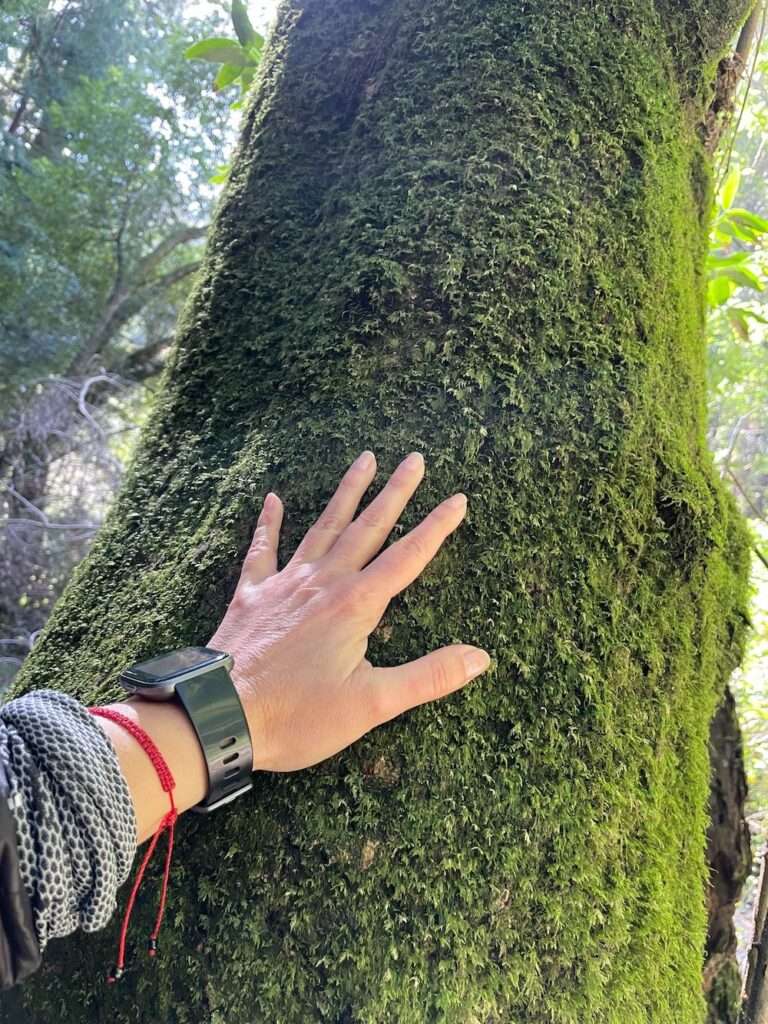
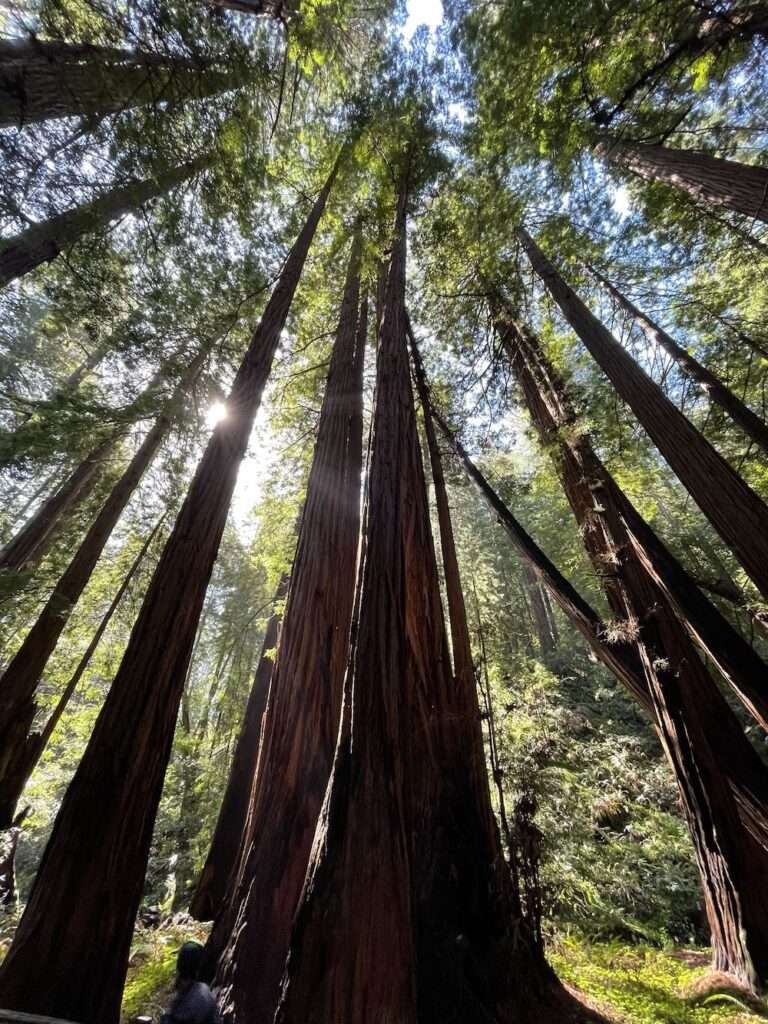
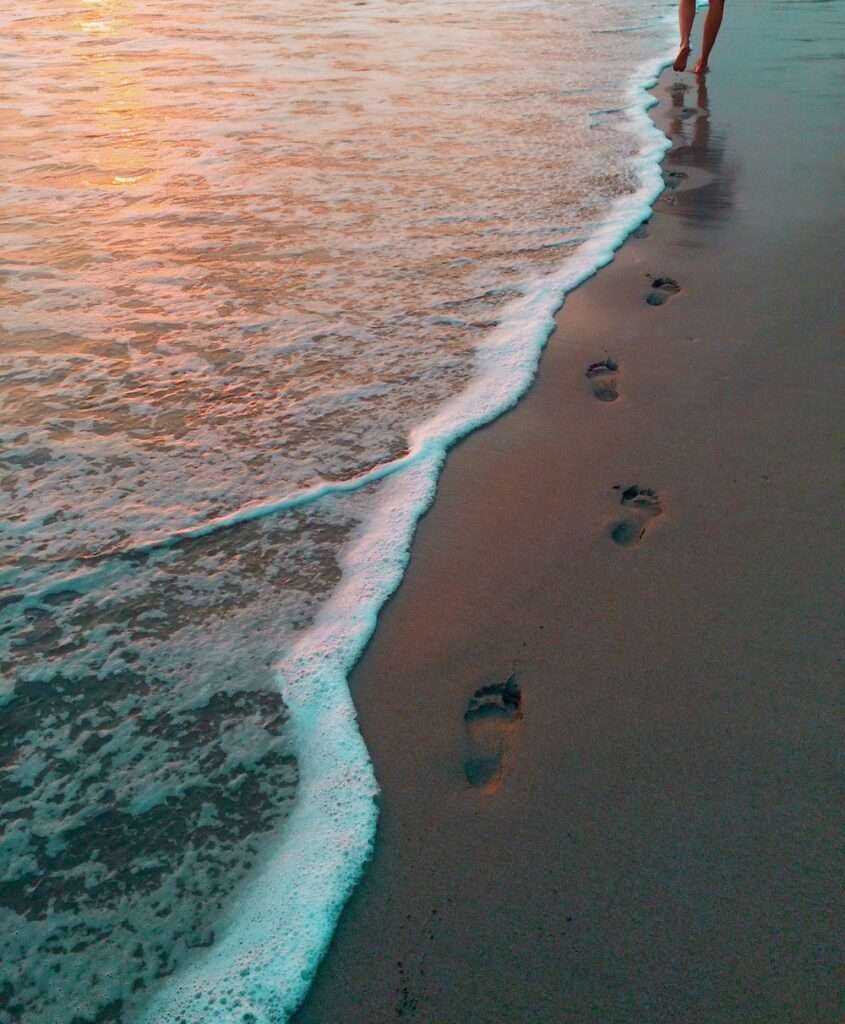
The term “grey nomad” is common in Australia, meaning someone past retirement age, or more than 55 years old, embarking on a long-term trip in specialized vehicles like motor homes, camper trailers, or caravans.
I refer to myself as a grey nomad because digital nomads are generally younger. My own personal definition is “a digital nomad 50 years or older, not yet retired or semi-retired, who is highly mobile, location-independent and able to live and do meaningful work remotely from anywhere with internet access.”
I’ve had dozens of people tell me they wish they could do what I’m doing. Trading in an office chair for a beach lounger does not happen overnight. If you’re considering this lifestyle, here are five things I would recommend.
1. Know Thyself
It takes a strong desire to live an untethered life, but it also means letting go of control, stepping out of fear into the unpredictable and out of your comfort zone. Through the inner work I’ve done over the past decade, I not only hear my own intuitive voice, but I’ve also learned to trust it and allow it to be my guide.
Take a hard look at your values, your definition of success and how you want to feel. After Bali, I wanted to feel calm, peaceful and joyful, live in the present moment, simplify life, and stop worrying. This meant a complete revaluation of my life with a focus on mental health and well-being. It was a shift from doing to being.
2. Start with a Test
It’s a good idea to try this lifestyle before uprooting your entire life. We spent a month in Costa Rica to see if this lifestyle would be a good fit for us. We saw that we felt happier and healthier and could continue to work virtually relatively seamlessly.
3. Trade-Offs
We decided to sell our house and most of our possessions to fund some of our grey nomad travel and keep our lives as simple as possible. We are essentially homeless. The places we choose to live now are not fancy. We have a modest budget and stay in affordable long-term apartment rentals, casitas, and 3-star hotels.
Long-term stays are very different than being on vacation. An important part of this lifestyle for us is to live like the locals and be immersed in different cultures. We use public transit and, whenever possible, prefer to travel by rail to reduce air travel and our footprint on this planet.
We find accommodations where a car is not required. We make our own meals most of the time. Some prefer to maintain a home base, while others live in all-inclusive resorts or on cruise ships. It depends on the values and lifestyle you want to maintain within the budget you have.
4. Financial Planning
Although I had a good job for many years, I wasn’t sure if I could sustain a nomadic lifestyle. After spending time with a financial advisor and working through a retirement plan, we had a better sense of the budget we could work with short- and long-term. Selling our house was part of the equation, and knowing how much income we needed to continue to generate every year to maintain our downsized lifestyle was a good goalpost.
Having a financial plan will give you some peace of mind and also help determine what your budget is, how much you need to keep earning, and for how long. The #1 question on Digital Nomad and Grey Nomad groups is, “how can I find work?” Make sure you know the answer to this question before you make the decision to go. I also recommend having travel medical insurance. I broke my leg while hiking in Croatia, and although the medical costs were minor, it was a good reminder that anything can happen!
5. Relationships
At first, some of our family and friends were concerned and confused about our lifestyle change, but after conversations, they now enjoy following our journey and cheering us on. Our children know they always have a home wherever we are, to visit or stay. Our parents know that we are only a day away with a flight from wherever we are.
The number two issue cited by nomads is isolation. When you are always on the move, it’s difficult to make new friends while maintaining relationships back home. Make an effort by setting up WhatsApp groups and video chats and joining community groups to stay connected.

